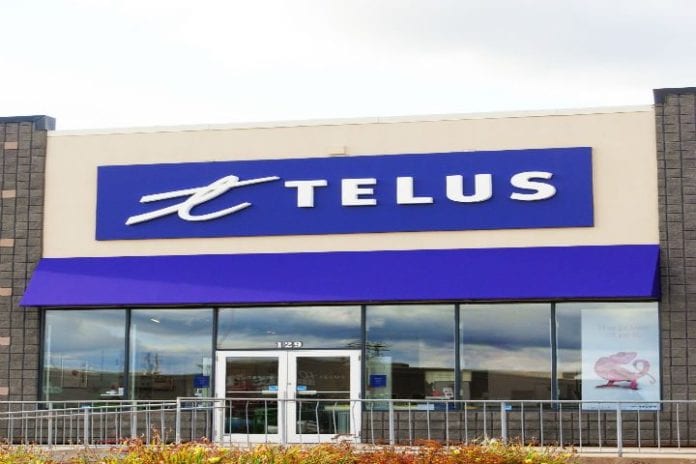In January, Telus had said that its 5G network already reached 70% of the Canadian population
Canadian carrier Telus said it is deploying new 3.5 GHz spectrum on its existing 5G wireless network to provide enhanced capacity, low latency and faster speeds to its customers in Toronto, Montreal, Ottawa, Edmonton and Victoria.
Telus said that this deployment is part of its larger CAD220 billion ($169.2 billion) investment in network infrastructure and operations in Canada since 2000. The telco said it expects to continue to deploy its new spectrum through 2022 and 2023 to other regions across the country.
Telus noted that its 3.5 GHz spectrum will enable multi-access edge computing (MEC) and Internet of Things (IoT) technology, while powering important advances in health, agriculture, energy, transportation, and manufacturing.
“Telus is committed to driving Canada’s economy forward through world-class broadband infrastructure. Our significant investments in Telus’ 5G wireless network will help solve some of society’s most pressing challenges in education, food security and climate change,” said Tony Geheran, EVP and COO at Telus. “The deployment of our [3.5 GHz] spectrum is an important step to unlocking the potential of 5G, particularly as it fuels innovation across different industries. We believe that Canada should follow international best practices to ensure enough spectrum is available as quickly and affordably as possible so that all Canadians’ have access to the social, environmental and economic benefits that 5G brings, which is why we continue to advocate for responsible, strategic and predictable regulatory policy as a critical opportunity to drive timely and ubiquitous availability of 5G.”
The deployment of this spectrum across Canada will also deliver 5G Internet speeds to rural, remote and Indigenous communities. “Leveraging spectrum to support rural connectivity is a key innovation that we are really proud to be driving. 5G is going to change the way we innovate in Canada and that will drive economic growth and prosperity for rural and urban residents alike,” added Geheran.
In January, Telus had said that its 5G network already reached 70% of the Canadian population. At that time, Telus said it had connected 744 urban and rural communities to its 5G network, 129 more than initially planned for the full-year 2021.
Telus had previously selected Samsung Electronics as its 5G network infrastructure supplier in June 2020. Telus also said that European vendors Ericsson and Nokia are also supporting the deployment of its 5G network.
Last year, the government of Canada raised a total of CAD8.9 billion in its auction of 3.5 GHz spectrum, which will be used by local carrier to further expand 5G services in the country.
Local operators Rogers, Bell, Telus, Videotron, Xplornet and SaskTel have all secured 5G licenses in the spectrum auction. Preliminary results showed that Bell spent CAD2.1 billion, Rogers CAD3.3 billion and Telus CAD1.9 billion. Vidéotron, owned by Quebecor, spent a total CAD830 million to expand its geographic footprint in Canada, buying licenses not just in Quebec but also in Ontario, Manitoba, Alberta and British Columbia.

